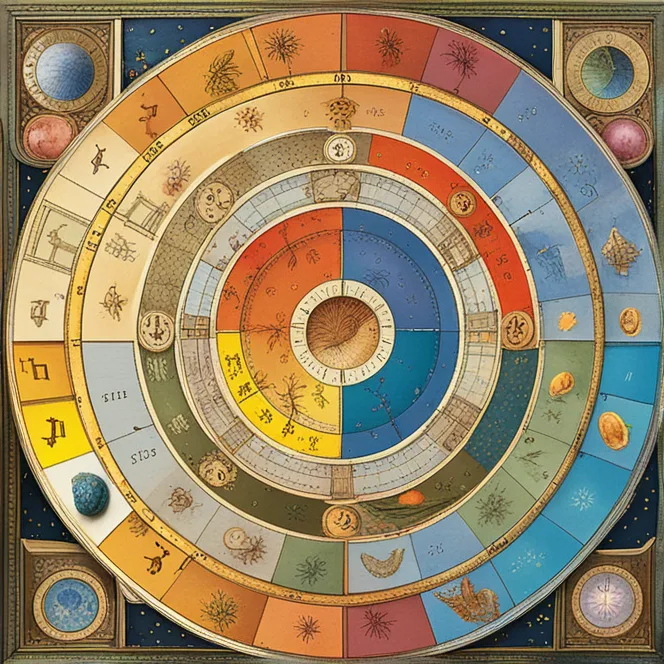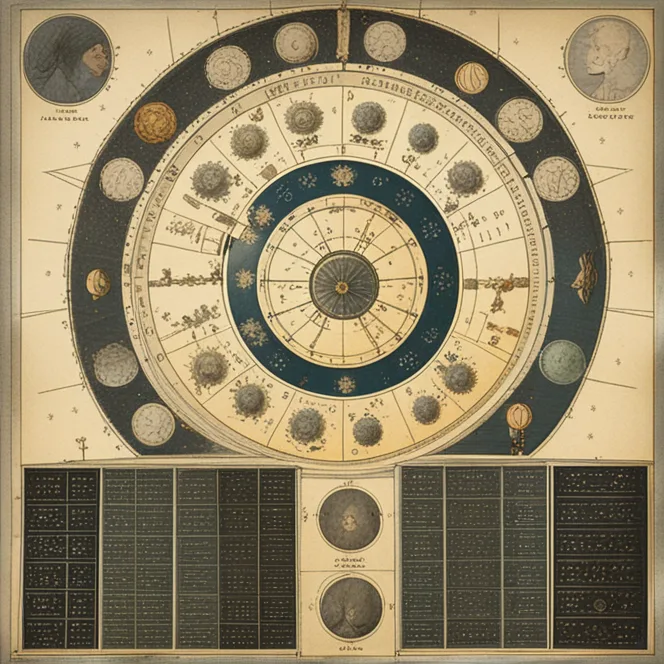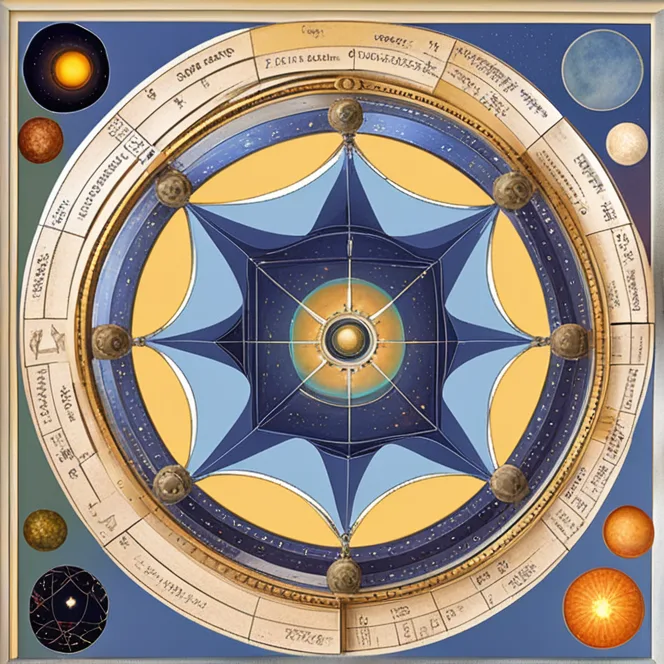
Decoding The Twelve Houses Of Astrology
Explore the fascinating world of astrological houses and their profound impact on personal horoscopes.
article by Priya Deshmukh
The Foundation of Astrological Houses
The concept of houses in astrology forms the foundational structure upon which a horoscope is interpreted. These houses represent different areas of life, from personal identity to career and beyond. Think of a chart as a wheel divided into twelve segments, or houses, each linked to various experiences and events. The exact time and location of your birth influence the positioning of these houses, thereby shaping your individual path. This intricate system is as complex as it is indicative, offering insights into the cosmic influence on one's life.

Birth Charts and the Ascendant
The first step in understanding the influence of houses is through a natal, or birth chart, where the ascendant or rising sign plays a pivotal role. The ascendant sets the starting point for the first house, establishing the order of all subsequent houses. It is commonly known as the 'mask' one wears and heavily influences personal appearance and initial impressions. The positioning of the ascendant is crucial, as it orients the distribution of all other houses, dictating which aspects of life are highlighted under each house's domain.

The Themes of Twelve Houses
Each house governs specific aspects of life, beginning with the first house's focus on self and ending with the twelfth house's connection to the subconscious. For example, while the fourth house relates to family, home, and roots, the tenth house oversees career, reputation, and public standing. These thematic correlations offer a layered understanding of the multitudinous ways the celestial bodies can influence an individual. The houses can spotlight areas of strength, challenge, and potential growth throughout various phases of life.

Planetary Presence in Houses
Beyond their thematic significance, the planets' placements in the houses further inform an individual's astrological profile. A house containing several planets becomes an area of intensified focus, marking it as a zone of activity and potential catalyst for life events. The absence of planets in a house — astrologically termed as an 'empty house' — does not imply that the house's themes are unimportant but rather suggests that they may not be the main stage for life’s dramas. The influence of each planet within a house contours the reading, revealing nuanced attributes and inclinations.

Angles: The Cornerstones of the Houses
The four primary angles in a chart—the Ascendant, Descendant, Midheaven, and Imum Coeli—are considered the cornerstones of the astrological houses. These points intersect the house wheel, creating the pivotal axes that set the tone for an entire chart. The Ascendant marks the cusp of the first house, while the Descendant does so for the seventh house, hinting at individual and partnership dynamics. Similarly, the Midheaven and Imum Coeli influence the tenth and fourth houses, speaking to public life and private foundations, respectively.
Cusps and Transits
The edges where two houses meet are called cusps, and they hold particular significance in astrology. Planets transiting a house cusp can signify the onset of important life events or shifts in perspective relating to the themes of the adjacent houses. Understanding these transitory periods aids in comprehending the cyclical nature of personal development as mirrored in the heavens. Navigating these transits with awareness can bring clarity and empowerment, making the knowledge of houses a valuable tool in life’s journey.
Published: 12/12/2023
Modified: 12/12/2023
More predictions
Come back here soon to learn more about yourself and your future


Exploring Astrology: Houses & Planets
Delve into the foundations of astrology through an insightful exploration of the astrological houses and their planetary rulers.


Understanding Houses In A Birth Chart
Explore the significance of houses in astrology and how they influence a birth chart's interpretation.